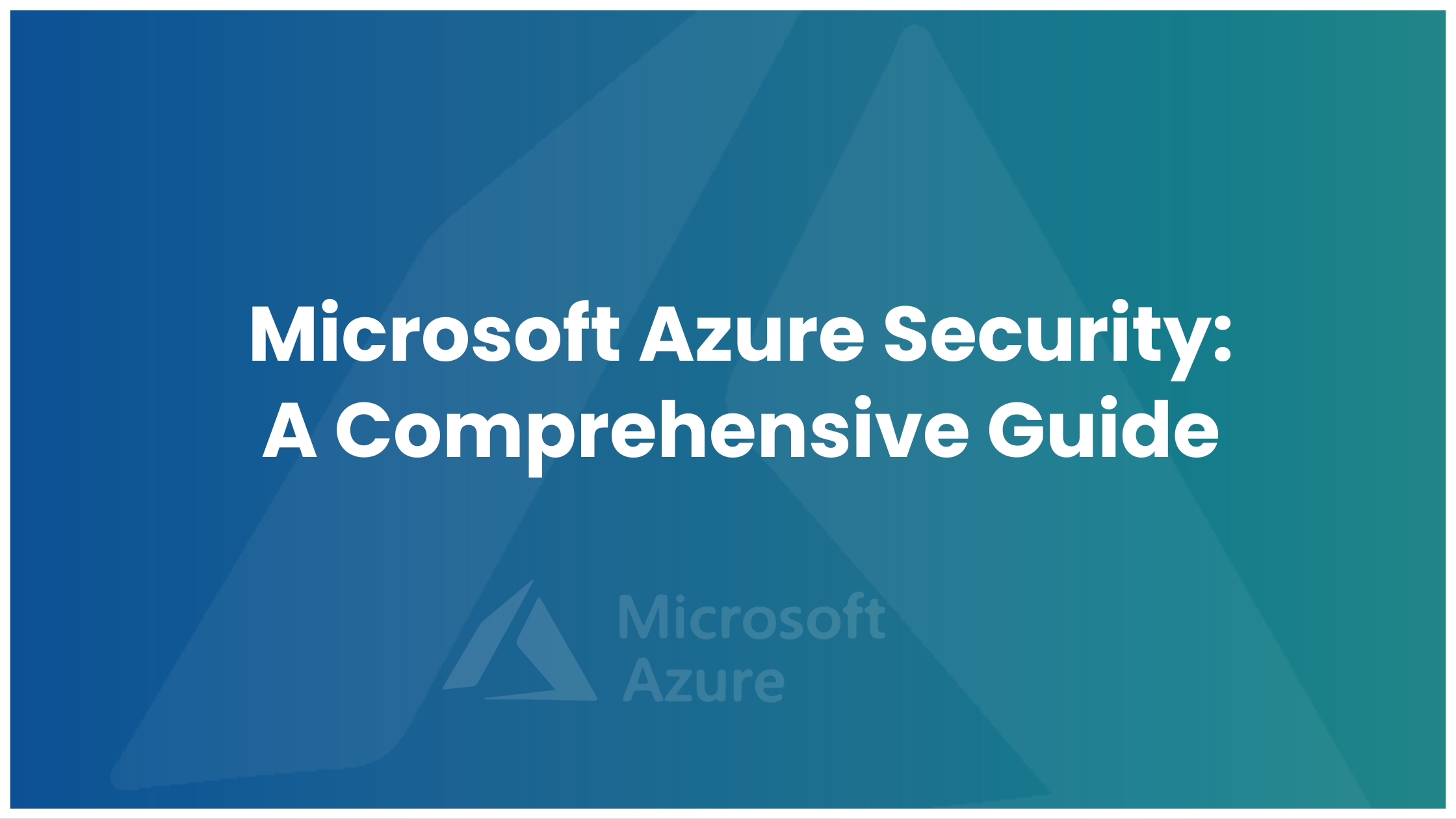The term “public cloud” refers to computing services made available to anybody who wishes to use or buy them via the open Internet by third-party providers. Free or on-demand sales options are available, allowing users to pay only for the CPU cycles, storage, or bandwidth they use.
So what makes public cloud different from private cloud!?
A private cloud, at its most basic level, is a service that is solely managed by one company and not shared with others. A public cloud, on the other hand, is a subscription model that is made available to any and all clients who require comparable services. In a public cloud, each “tenant’s” information is separate from others, similar to how cable does not share a client’s information with other clients.
Working of a public cloud:
The fundamental concept of public cloud computing is that scalable, on-demand IT resources are hosted by a third party provider and made available to customers via a network connection—either the open internet or a private network.
Here are some pros and cons of public cloud;
Pros
⦁ Scalability
⦁ Cost effective
⦁ Maintenance handled by CSPs
⦁ Reliability
⦁ Easy data recovery
Cons
⦁ Security
⦁ Flexibility
⦁ Lack of user control
⦁ Limited customization
⦁ Customer support
Securing your public cloud environment:
⦁ Know your responsibilities – shared responsibility model is implemented by the most cloud service providers (including AWS, Azure, GCP), which means you are in charge of everything you store in the cloud while they take care of the security.
⦁ Opt for multicloud – Consider running multicloud from the outset when developing your security strategy, even if it’s not currently the case. You may future-proof your strategy in this way.
⦁ Ensure visibility – Getting precise visibility of all your cloud-based infrastructure, configuration settings, API calls, and user access is one of the most important prerequisites for setting up your security posture.
⦁ Include compliance in routine operations – Integrating compliance with real-time network topology snapshots and notifications for any changes into routine tasks is the best approach to do this.
⦁ Automate your access control systems – Automate your defenses, such as vulnerability remediation and anomaly reporting, to stay ahead of cybercriminals.
⦁ Secure all your environments including development, production & QA both reactively and proactively.
⦁ Put your knowledge of on-premise security to use – Keep your endpoint and email security on your devices updated, and use firewalls and server protection to defend your cloud assets against infection and data loss.




